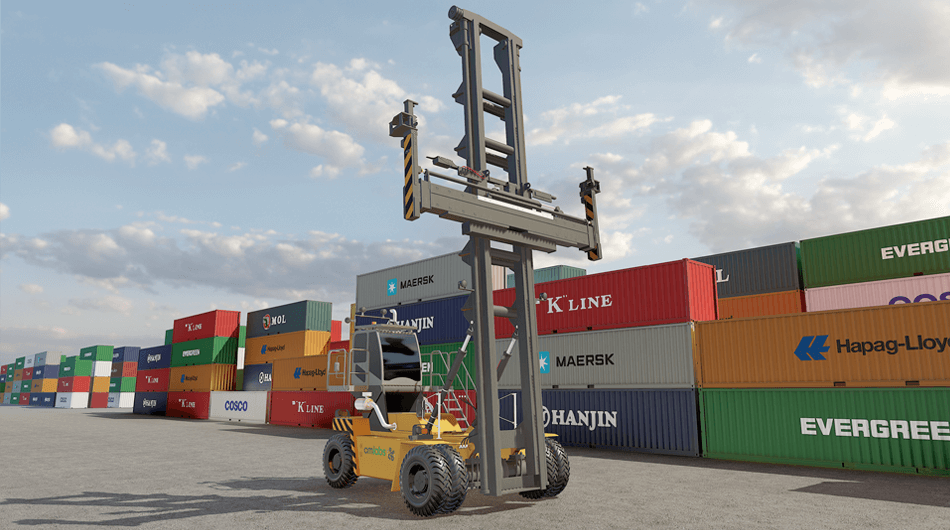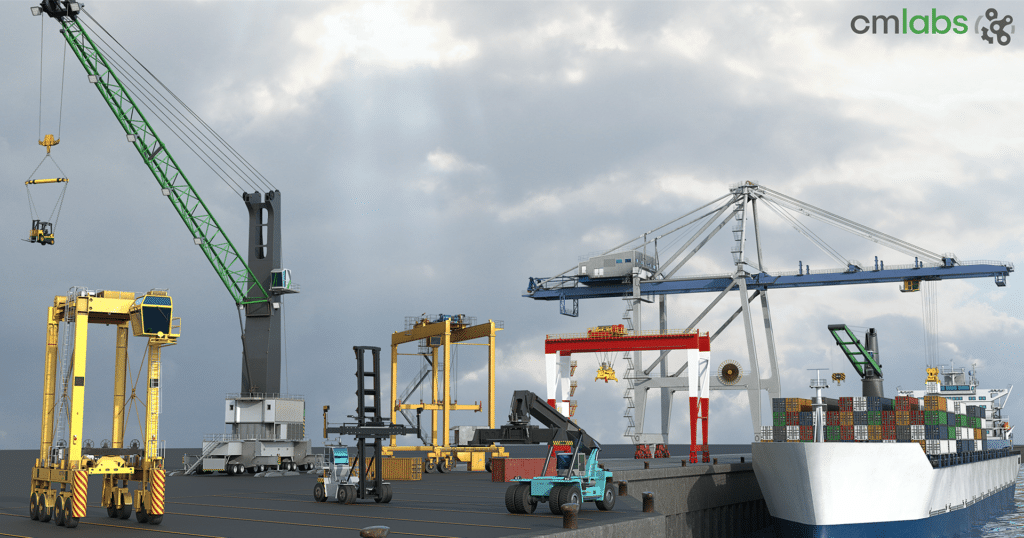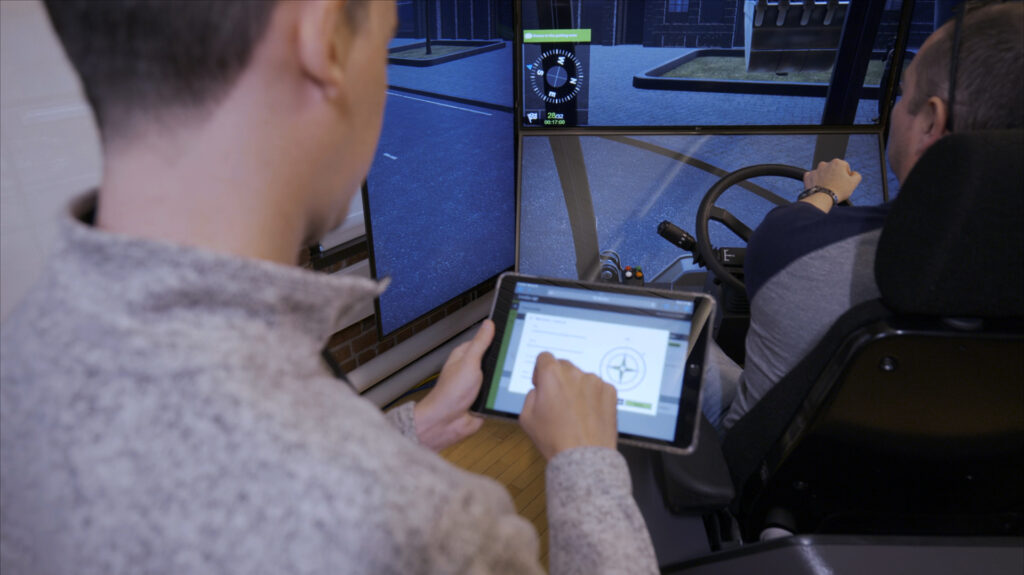KHL
Construction Industry commentators have been discussing the benefits of virtual reality (VR) and augmented reality (AR) for many years. The benefits in terms of training, marketing and planning are obvious, but they also have the ability to improve efficiency and worker safety by providing insights that established technologies cannot offer.
To avoid any confusion, it is worth explaining the difference between the two terms. VR refers to the creation of an entirely simulated environment and has a relatively long history in the construction history, particularly in demonstrating how any project will look once completed. AR involves superimposing computer-generated images and information on real-world images.
AR is an excellent tool for communicating complex information, as it adds context by overlaying data and other information on the real world for the end user. Variations, known as assisted reality and mixed reality are also being developed, and all these technologies can incorporate other sensory information, including sounds.
Research from Global Market Insights indicates that the operator training market will be worth over €17.79 billion by 2025. This growth has been partially attributed to recent improvements in VR technology, meaning traditional fixed display technology is being replaced with head-mounted display (HMD) simulator training modules.
The pros and cons of VR for construction industry
VR can be used to simulate real-world situations and scenarios, and to give workers hands-on experience and training prior to entering a job site. “This helps to educate and plan, which improves overall productivity and the safety of workers on site,” said Scott Crozier, general manager of Trimble’s Civil Engineering and Construction Division. He added that it is currently used for sharing designs and building information modelling (BIM) data with the client, “which helps put the information into a ‘language’ that the client can more easily understand.”
The technology also allows remote operation. For instance, at Bauma China in November, Sany demonstrated its unmanned driving VR technology for excavators. Operators will be able to control machinery and carry out digging work from thousands of miles away. Shi Xiangxing, head of Sany’s Excavator Electric Control Institute, said that this technology means operators will no longer need to be present in difficult weather conditions, commenting, “He or she could sit comfortably at his office to see the big screen and check the real-time monitoring.
“All the big data, including the machine performance, work efficiency, etc, will be delivered to the monitoring centre.”
In the longer-term, he is confident that VR will be used for 3D imaging and long-distance wireless transmission.
VR can be used to simulate real-world situations and scenarios, and to give workers hands-on experience and training prior to entering a jobsite. “This helps to educate and plan, which improves overall productivity and the safety of workers on site,” said Scott Crozier, general manager of Trimble’s Civil Engineering and Construction Division. He added that it is currently used for sharing designs and building information modelling (BIM) data with the client, “which helps put the information into a ‘language’ that the client can more easily understand.”
The technology also allows remote operation. For instance, at Bauma China in November, Sany demonstrated its unmanned driving VR technology for excavators. Operators will be able to control machinery and carry out digging work from thousands of miles away. Shi Xiangxing, head of Sany’s Excavator Electric Control Institute, said that this technology means operators will no longer need to be present in difficult weather conditions, commenting, “He or she could sit comfortably at his office to see the big screen and check the real-time monitoring.
“All the big data, including the machine performance, work efficiency, etc, will be delivered to the monitoring centre.”
In the longer-term, he is confident that VR will be used for 3D imaging and long-distance wireless transmission.
Martin Lehner, CEO of Wacker Neuson group, said the company is currently working on a virtual variant configuration. He explained that customers will be able to view different variants before purchasing in the future, allowing them to configure their chosen machine individually. Wacker Neuson already relies on VR in product development.
“It allows our customers to test the products virtually at an early stage of development and give their important feedback directly to our engineers. This makes development more agile, faster and more efficient,” he said.
Another use of this technology is through simulators which can be used to train operators before their equipment even arrives. Drew Carruthers, product line manager for construction products at CM Labs Simulations, directs the development of his firm’s Vortex construction equipment simulators, which are designed to cut costs and increase productivity. They are used for mobile or tower cranes, backhoes, excavators and wheeled loaders.
“The growth potential for this technology in construction is huge, as cost of technology comes down,” said Carruthers. “Mixed reality tools, which merge real and virtual environments, will likely be the next frontier for safety, operations, communications and inspections in construction.”
Training Technology for contractors
Canadian company CM Labs, developer of Vortex training has partnered with Antycip Simulation, a leading provider of professional-grade simulation software, to establish local presence in Europe.
CM now maintains branches of Antycip offices in the UK, France, and Italy, facilitating hands-on demonstrations of simulation-based learning solutions at all three locations.
Through its presence at these Antycip offices, CM Labs now provides local solution set-up, training, and support to clients in countries throughout Europe, including Austria, Belgium, Denmark, Finland, Germany, Iceland, Luxembourg, The Netherlands, Norway, Spain, Sweden, and Switzerland.
Interested in learning more about simulation? Check out our free e-book series Your Complete Guide to Construction Equipment Training Simulators.
You’ll find out:
- How quickly you can expect a return on your simulator investment
- What benefits you’ll gain (and when)
- How companies just like yours are training with simulators
- What you should know before trying a simulator
And more


